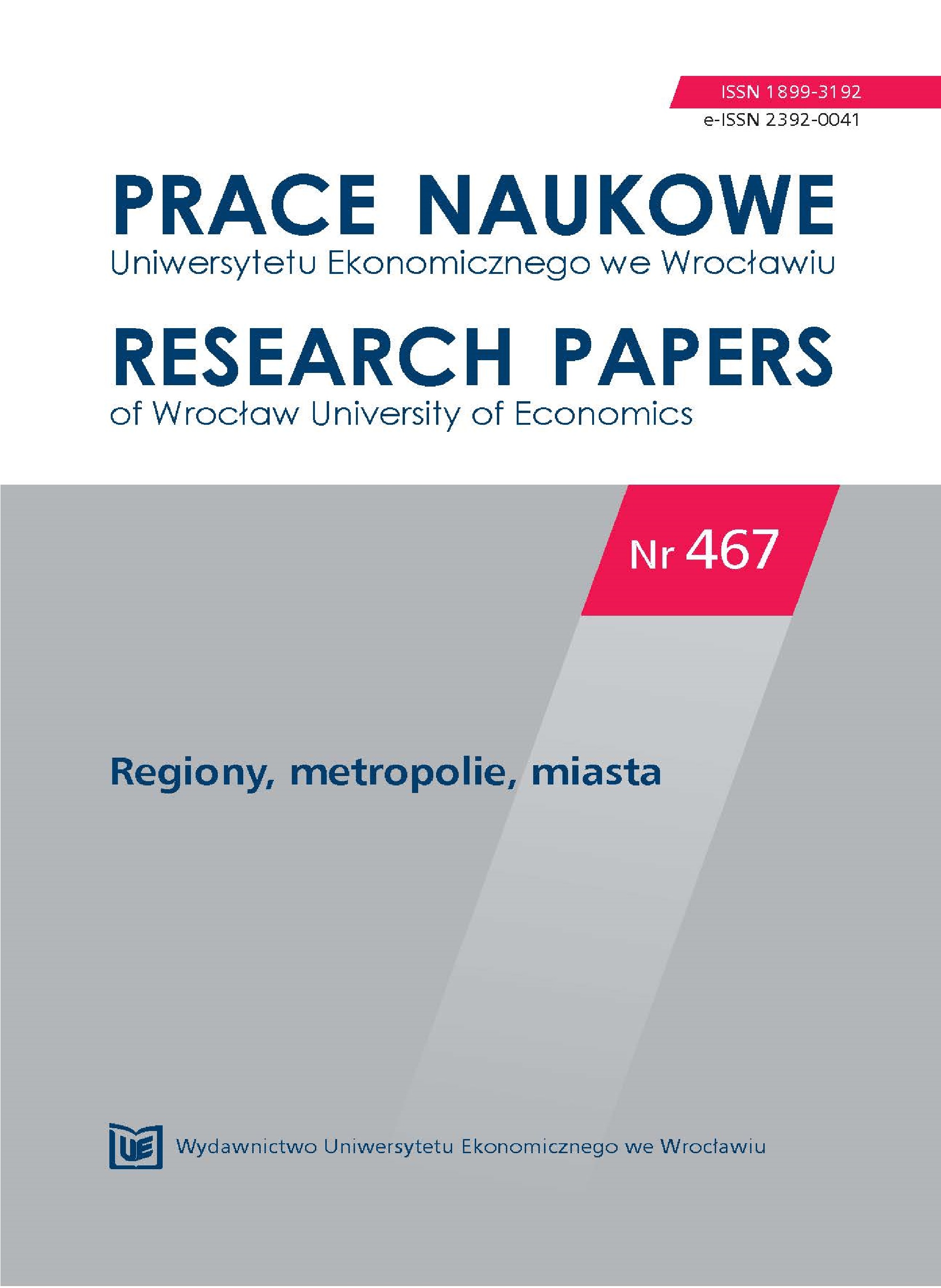Zmiany znaczenia rzeki dla kształtowania
przestrzeni miejskiej na przykładzie strumienia Cheonggyecheon
w Seulu
Significance changes of a river for urban space creation on the
example of Cheonggyecheon stream in Seul
Author(s): Dorota Wolińska, Kamil SławińskiSubject(s): Economy
Published by: Wydawnictwo Uniwersytetu Ekonomicznego we Wrocławiu
Keywords: river; boulevard; Seoul; revitalization; town
Summary/Abstract: An important factor for the location of the first human settlements was the access to a river, which served as defence, transport, a source of food and water for both drinking and serving the needs of households, including agriculture. The ongoing process of reversal of a city from a river caused the degradation of watercourses and their environment. Contaminated rivers devoid of flora and fauna became an embarrassing problem and a barrier to intensively developing cities. Often changed into channels, rivers transformed in wastewater. In the twenty-first century the advantages of a well-paved boulevards started to be perceived. This paper attempts to highlight the significance of riverside areas that integrate the city with the river affecting the attractiveness of urban complexes and making them a vibrant heart of a city.
Journal: Prace Naukowe Uniwersytetu Ekonomicznego we Wrocławiu
- Issue Year: 2017
- Issue No: 467
- Page Range: 176-186
- Page Count: 11
- Language: Polish

